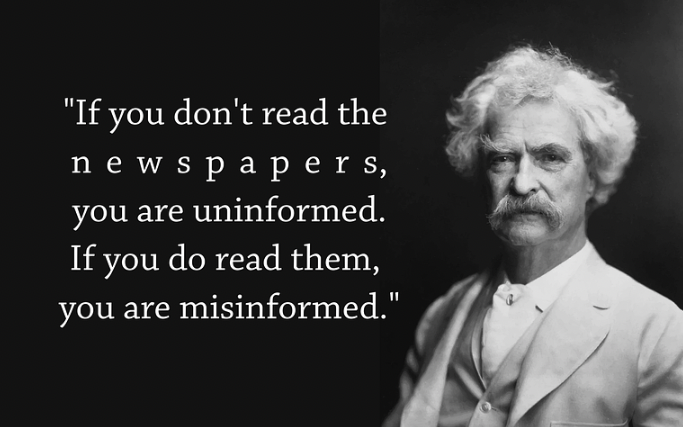What is Brandolini’s Law?
Brandolini’s Law, also known as the Bullshit Asymmetry Principle, states that the amount of energy required to refute bullshit is an order of magnitude bigger than the energy required to produce it.
This principle, formulated by Italian programmer Alberto Brandolini in 2013, has since gained widespread recognition and has been used to describe the difficulty of debunking false or misleading claims.
Why Brandolini’s Law is Important
At its core, Brandolini’s Law is a reflection of the challenges that come with countering misinformation.
It highlights the ease with which falsehoods can be spread, especially in today’s era of social media and digital communication.
With the rise of these platforms, anyone can share information with millions of people with just a few clicks. This ease of dissemination means that it is now easier than ever to create and spread false information.
The fact that debunking this information requires significantly more time and effort than producing it is a result of how human beings process information.
Research has shown that people are more likely to remember information that is sensational or emotionally charged.
This means that even if a false claim is later debunked, the initial impact of that claim may linger in people’s minds, shaping their beliefs and opinions.
Implications of Brandolini’s Law
The implications of Brandolini’s Law are far-reaching.
It highlights the importance of critical thinking and fact-checking, and it underscores the need for reliable and trustworthy sources of information.
It also emphasizes the role that individuals and institutions play in countering misinformation, and the importance of taking action to combat the spread of false information.
What is Fanelli’s Principle?
Fanelli’s Principle, on the other hand, is a related concept that also deals with the spread of false information.
This principle, named after Italian biologist Daniele Fanelli, states that the likelihood of a scientific claim being true is inversely proportional to the degree to which it is promoted on social media.
The rationale behind Fanelli’s Principle is similar to that of Brandolini’s Law.
It acknowledges the fact that social media can be a powerful tool for the dissemination of information, but it also recognizes the potential for that information to be distorted or misrepresented.
As with Brandolini’s Law, Fanelli’s Principle emphasizes the importance of fact-checking and critical thinking, particularly when it comes to scientific claims.
Why Fanelli’s Principle is Important
One reason why Fanelli’s Principle is so important is that it highlights the challenges that come with evaluating scientific claims.
Science is a complex and ever-evolving field, and it can be difficult for non-experts to evaluate the veracity of scientific claims.
Moreover, scientific claims can be subject to a range of biases, including publication bias, which can make it difficult to separate true findings from false or misleading ones.
This is particularly true in the era of social media, where scientific claims can be disseminated widely and quickly. While social media has the potential to democratize the dissemination of scientific knowledge, it also creates new challenges for scientists and the public alike.
Implications
In light of these challenges, Fanelli’s Principle highlights the importance of relying on trustworthy sources of scientific information.
It also underscores the need for transparency and rigor in scientific research, particularly in the context of peer review and publication.
Conclusion
Ultimately, both Brandolini’s Law and Fanelli’s Principle highlight the challenges that come with evaluating and countering misinformation.
They underscore the importance of critical thinking, fact-checking, and reliance on trustworthy sources of information.
In a world where information spreads quickly and easily, it is more important than ever to be vigilant about the information that we consume and to take action to combat misinformation in all its forms.


